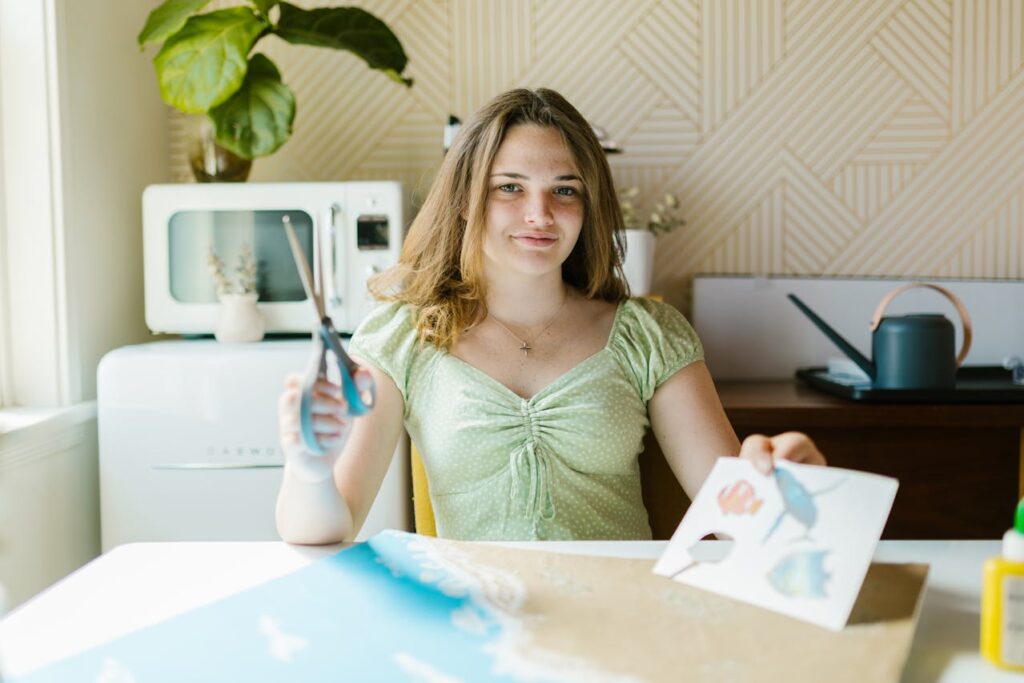In a fast-paced, digitally driven world, the allure of arts and crafts is more than just a nostalgic throwback—it’s a scientifically backed tool for enhancing cognitive function, emotional resilience, and overall well-being. From knitting to pottery, creative hobbies are not just about making things; they’re about reshaping your brain. Let’s explore how these activities ignite neural pathways, foster innovation, and keep your mind sharp.
The Science Behind Creativity and Cognition 🧩
Engaging in arts and crafts activates multiple regions of the brain simultaneously. For example:
-
Frontal Cortex: Responsible for problem-solving and decision-making.
-
Hippocampus: Crucial for memory formation and retention.
-
Dopamine Pathways: Boost motivation and reward perception.
Studies show that creative tasks stimulate neuroplasticity, the brain’s ability to reorganize itself by forming new neural connections. This adaptability is key to maintaining cognitive agility as we age.
Key Benefits of Arts and Crafts 🌟
| Aspect | Impact | Example Activities |
|---|---|---|
| Focus & Flow | Reduces stress by inducing a meditative state (similar to mindfulness). | Knitting, Embroidery, Woodworking |
| Memory Boost | Enhances spatial awareness and procedural memory. | Origami, Model Building, Quilting |
| Emotional Resilience | Encourages emotional expression and processing. | Painting, Collage-making, Sculpting |
| Innovation | Strengthens divergent thinking and problem-solving skills. | DIY Projects, Upcycling, Digital Art |
Crafts as a Social Connector 🤝
Group crafting activities, like community art classes or craft circles, foster social bonds while stimulating the brain. Collaborative projects require:
-
Communication skills 🗣️
-
Empathy and teamwork ❤️
-
Shared creative vision 👥
Research indicates that social engagement during creative tasks amplifies mental health benefits, reducing risks of depression and loneliness.
Practical Tips to Get Started 🖌️
-
Start Small: Choose a low-cost, accessible craft (e.g., adult coloring books, friendship bracelets).
-
Mix Media: Combine digital tools with traditional methods (e.g., using apps for pattern design).
-
Schedule Creativity: Dedicate 20–30 minutes daily to unstructured artistic exploration.
Disclaimer 📜
This article was manually written to provide general informational insights about the cognitive benefits of arts and crafts. It does not constitute professional medical or psychological advice. While efforts have been made to ensure accuracy, individual experiences may vary. This content adheres to Google’s policies and is free of AI-generated text or copyrighted material.
A Metaphor for the Mind 🌈
“The brain, like clay, thrives under gentle hands—
Each twist, each stroke, a thought expands.
In threads and hues, our neurons dance,
Crafting not just art, but a brighter mental expanse.”
Let your hands shape not only art but the very fabric of your mind. 🌸

